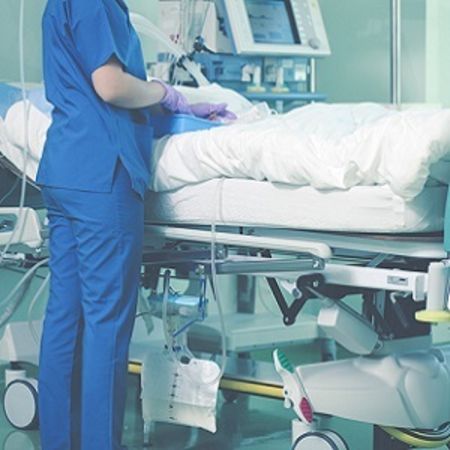Post-anoxic brain damage after cardiac arrest is a complex condition that is managed through targeted temperature management (TTM) as it is currently the only neuroprotective intervention recommended after out-of-hospital cardiac arrest (OHCA). However, experts have raised concerns about the level of evidence supporting this intervention.
Two early clinical trials have shown that TTM at 33°C for 12–24 hours was associated with a greater proportion of OHCA survivors with intact neurological recovery as compared to standard care in OHCA survivors with witnessed shockable rhythm. However, subsequent studies have questioned the efficacy of this intervention in other settings, such as non-shockable rhythms and in-hospital cardiac arrest (IHCA).
Recent findings from the HYPERION trial, the largest study in this field, show a significant improvement in neurological outcome at 3 months for patients with OHCA or IHCA associated with a non-shockable initial rhythm treated with TTM at 33 °C compared to the control group that was kept at 37°C. However, the split between TTM believers and TTM neutrals continues to exist, resulting in a trend towards a less accurate TTM prescription.
You might also like: Targeted Temperature Management: HYPERION Trial
The problem is that the most effective protocol for TTM is still undefined. If we have five OHCA survivors admitted to five different ICUs, each of these five patients may receive different TTM protocols. It is thus imperative that the most optimal way of delivering TTM is defined and the characteristics that would provide the best neuroprotective effects after anoxic brain injury with minimal side effects are clearly specified. In other words, a "high-quality TTM" approach could be used.
In order to achieve this high-quality TTM, two issues are extremely important. These include the use of sedatives/analgesics, and the choice of device. Sedatives and analgesics should be used in all cardiac arrest patients undergoing TTM. These drugs should be administered at the time of TTM initiation and discontinued at normothermia (37°C). In addition, the adjunction of neuromuscular blocking agents, either as a bolus or continuous infusion, is effective in the induction of TTM to enable target temperature to be reached rapidly. It may also be useful during the maintenance and rewarming phase.
The second crucial element is device selection. Automated devices using a temperature feedback system (TFS) provide rapid time to target temperature, less temperature variability, and accurate and slow rewarming compared to external methods such as ice packs, ice pads, or cold fluids.
There is no doubt that TTM is a complex therapy. It requires a bundle of interventions and decisions that must be standardised in order to maximise their neuroprotective effects. Protocols should be used to improve the homogeneity of TTM prescription. The use of low-quality TTM may compromise the beneficial effect of this intervention. High-quality TTM with early initiation, continuous core temperature monitoring, the use of drugs to decrease temperature and prevent shivering, selection of specific target temperature during the cooling phase, well-regulated constant temperature during the maintenance phase, prolonged rewarming phase and the avoidance of fever are all important elements of high-quality TTM which must be considered and used for more effective results.
Source: Critical Care
Image Credit: iStock
References:
Taccone FS et al. (2019) High Quality Targeted Temperature Management (TTM) After Cardiac Arrest. Critical Care, 24:6.
Latest Articles
cardiac arrest, targeted temperature management, OHCA, IHCA, HYPERION, TTM
Use of high-quality targeted temperature management could be a useful strategy to increase its effectiveness and standardise its use.



























